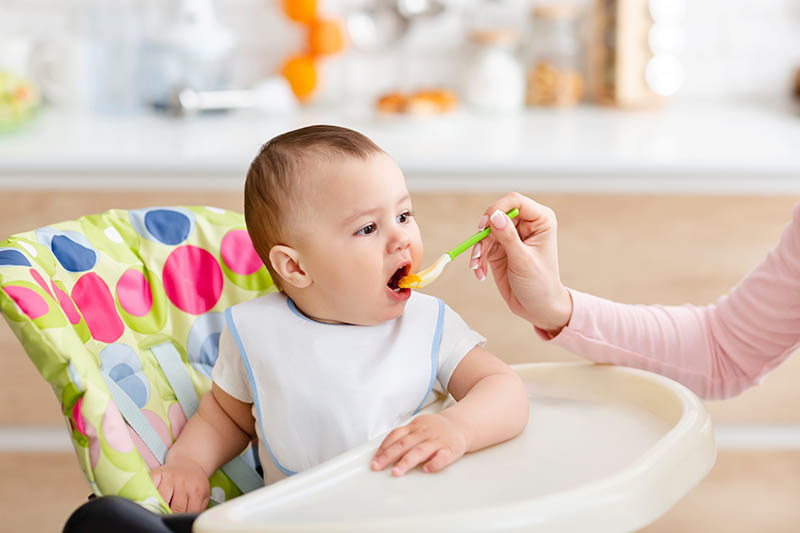
Providing life skills, safety skills, and child care training in order to build safer communities.

There are many things you need to be aware of when feeding children meals and snacks.

Every babysitter needs to know how to rescue a choking child. Learn choking infant rescue and choking child rescue in a Safe Sitter® class.